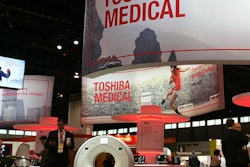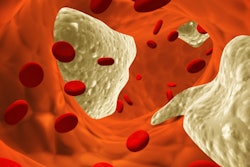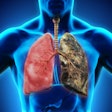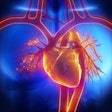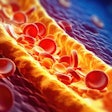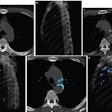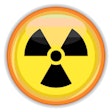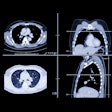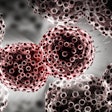Dear CT Insider,
Often considered radiology's master modality, CT remains the most widely used method for diagnosing common illnesses such as acute appendicitis. But the disquieting risk of radiation exposure associated with CT has prompted radiologists to look toward other imaging techniques instead. So which one takes the lead?
This issue of the CT Insider explores precisely that question. Follow a team of University of Wisconsin-Madison researchers as they seek the ideal way to look for appendicitis in young patients. Learn more in this edition's Insider Exclusive.
Meanwhile, a study combined information from CT and CT angiography to identify key factors that caused the condition of stroke patients headed for thrombectomy to deteriorate -- making them ineligible for the procedure. What solution do the researchers offer? Check out this article detailing their discovery, hot off the press from JAMA Neurology.
Also, French researchers recently investigated the value of CT scans following surgery for non-small cell lung cancer. Learn what they revealed at the European Society for Medical Oncology 2017 congress about its effect on patient survival.
A bevy of other fresh findings have impressed our CT Community over the past few months:
- Researchers at Temple University Hospital dramatically cut outpatient CT wait time using this value stream mapping technique.
- A survey revealed that patients prefer to drink oral CT contrast if it might help detect a finding that could otherwise be missed.
- What's the difference in CT radiation dose between pediatric and nonpediatric hospitals? Researchers at the University of Arkansas tell all.
- Age is frequently used to predict risk for cardiovascular disease events. See what other eye-opening predictor of heart disease a team of researchers from Northwestern University identified.
- Organ toxicity is a serious concern with CT and MRI contrast. But how much does it affect neonates?
- A Canadian CT rule may alter how often head CT exams are requested, according to researchers at Kaiser Permanente in Southern California.
- Is lung cancer screening all that useful? Researchers in China disclose the impact of CT screening on lung cancer mortality.
- The American College of Radiology recently advised radiologists on best practices for optimizing CT radiation dosage.
- Researchers at the University of Oxford have developed a novel CT technique that can help physicians treat patients at risk for cardiovascular disease.
- How do insurance policies affect CT colorectal cancer screening? Researchers from Wisconsin point out the trend.
- Canadian researchers dig into cutting costs for CT lung cancer screening.
- Managing radiation dose is an international affair. Take a look at what these researchers divulged about diagnostic reference levels in Egypt.
- Lung nodules were last updated with new criteria in 2011. How has radiologists' understanding of their characteristics and potential risk evolved since then?
Stay up to date on all things CT by visiting the CT Community at AuntMinnie.com.





